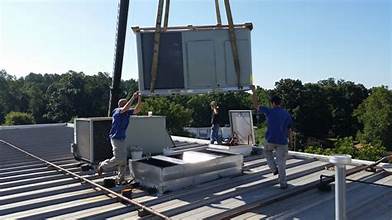Introduction: Maintaining a septic system might not be the most glamorous topic, but it’s an essential aspect of homeownership. A well-functioning septic pump is the heart of your septic system, ensuring that waste is properly processed and disposed of. In this comprehensive guide, we’ll take you through the ins and outs of septic pump maintenance and care, helping you avoid costly disasters and keep your property’s sanitation intact.
Understanding Your Septic System: Before delving into septic pump maintenance, it’s crucial to understand how your septic system operates. Unlike urban areas with centralized sewer systems, septic systems treat and manage wastewater on-site. The septic tank holds solid waste, while the septic pump moves liquid effluent to the drain field for further treatment. Regular maintenance of both components is vital to ensure smooth operation.
The Importance of Regular Inspections: Just like any other machinery, septic pumps require regular inspections to catch potential issues early. Schedule professional inspections at least once a year to assess the condition of the pump, check for leaks, and ensure proper functionality. These inspections can help identify minor problems before they escalate into major repairs, saving you both time and money.
Signs of Septic Pump Issues: Being aware of common signs of septic pump problems can help you address issues promptly. If you notice slow drains, gurgling sounds in your plumbing, foul odors around the yard, or standing water near the drain field, it’s time to investigate further. Ignoring these signs could lead to sewage backups, which are not only unpleasant but also hazardous to your health and the environment.
Septic Pump Maintenance Tips:
- Monitor Water Usage: Excessive water usage can strain your septic system. Avoid doing multiple loads of laundry or using the dishwasher simultaneously to prevent overwhelming the system.
- Be Mindful of What You Flush: Only flush human waste and toilet paper down the toilet. Avoid flushing wipes, feminine hygiene products, or any other non-biodegradable items.
- Proper Landscaping: Avoid planting trees or shrubs near the septic tank and drain field. Tree roots can infiltrate pipes and cause damage.
- Regular Pumping: The septic tank needs to be pumped regularly to prevent solids from overflowing into the drain field. Follow recommended pumping intervals based on household size and usage.
- Keep Records: Maintain a record of inspections, pumping dates, and any repairs. This information can be invaluable for tracking the health of your septic system.
DIY Maintenance vs. Professional Help: While some basic maintenance tasks can be done by homeowners, such as monitoring water usage and being cautious of what goes down the drain, other tasks like inspecting the pump or troubleshooting complex issues should be left to professionals. Attempting complicated repairs without proper knowledge can lead to more problems.
Conclusion: Your septic pump may not be something you think about daily, but it plays a crucial role in maintaining your property’s sanitation. By understanding how your septic system works and following proper maintenance practices, you can ensure its longevity and prevent costly disasters. Remember, a little investment in regular maintenance goes a long way in safeguarding your property and the environment. So, take the time to care for your septic pump – your home and peace of mind will thank you for it.



